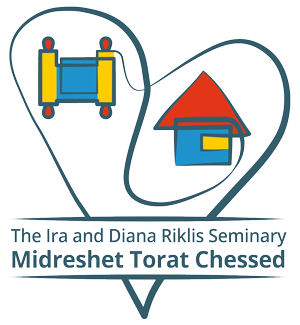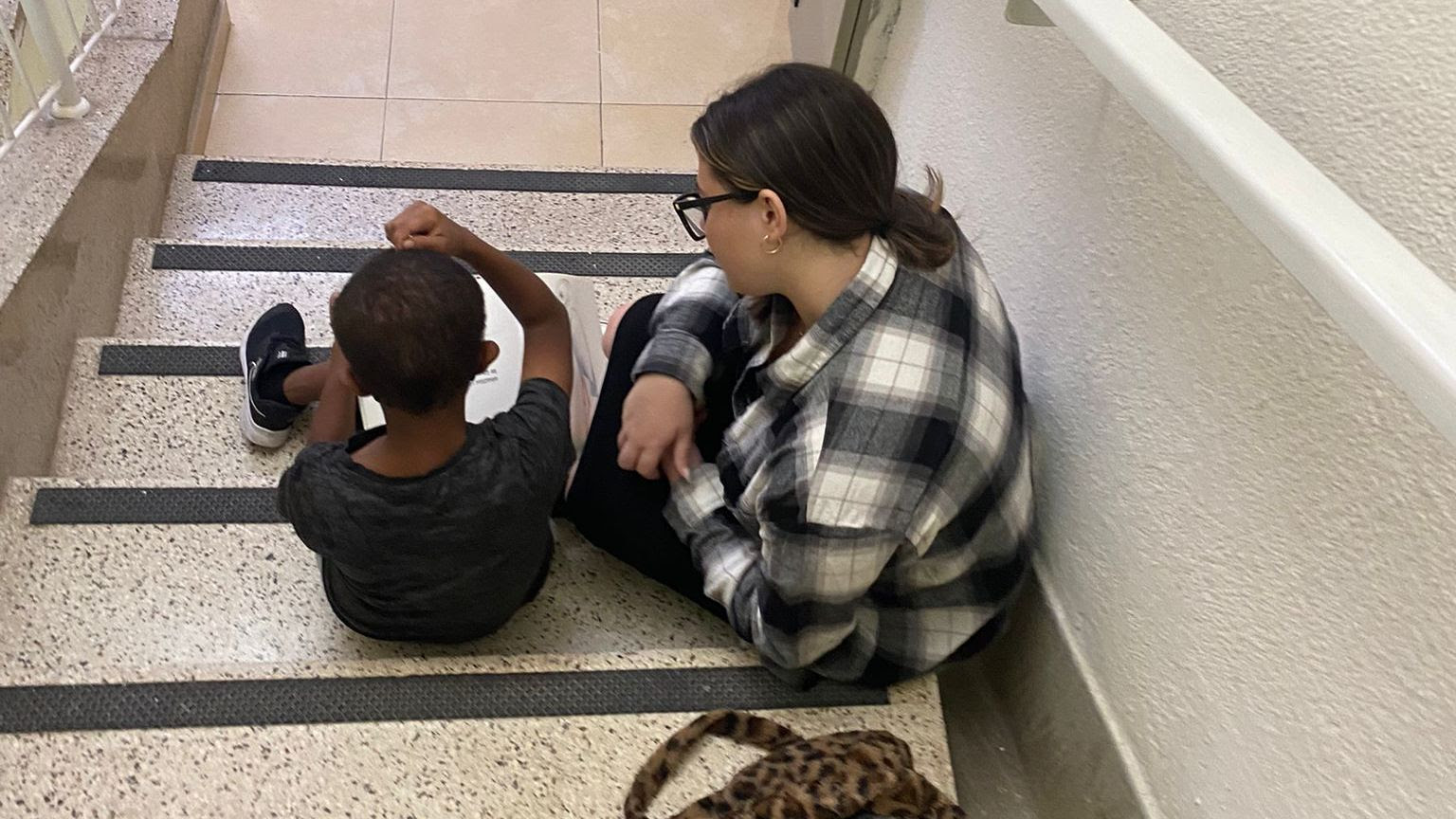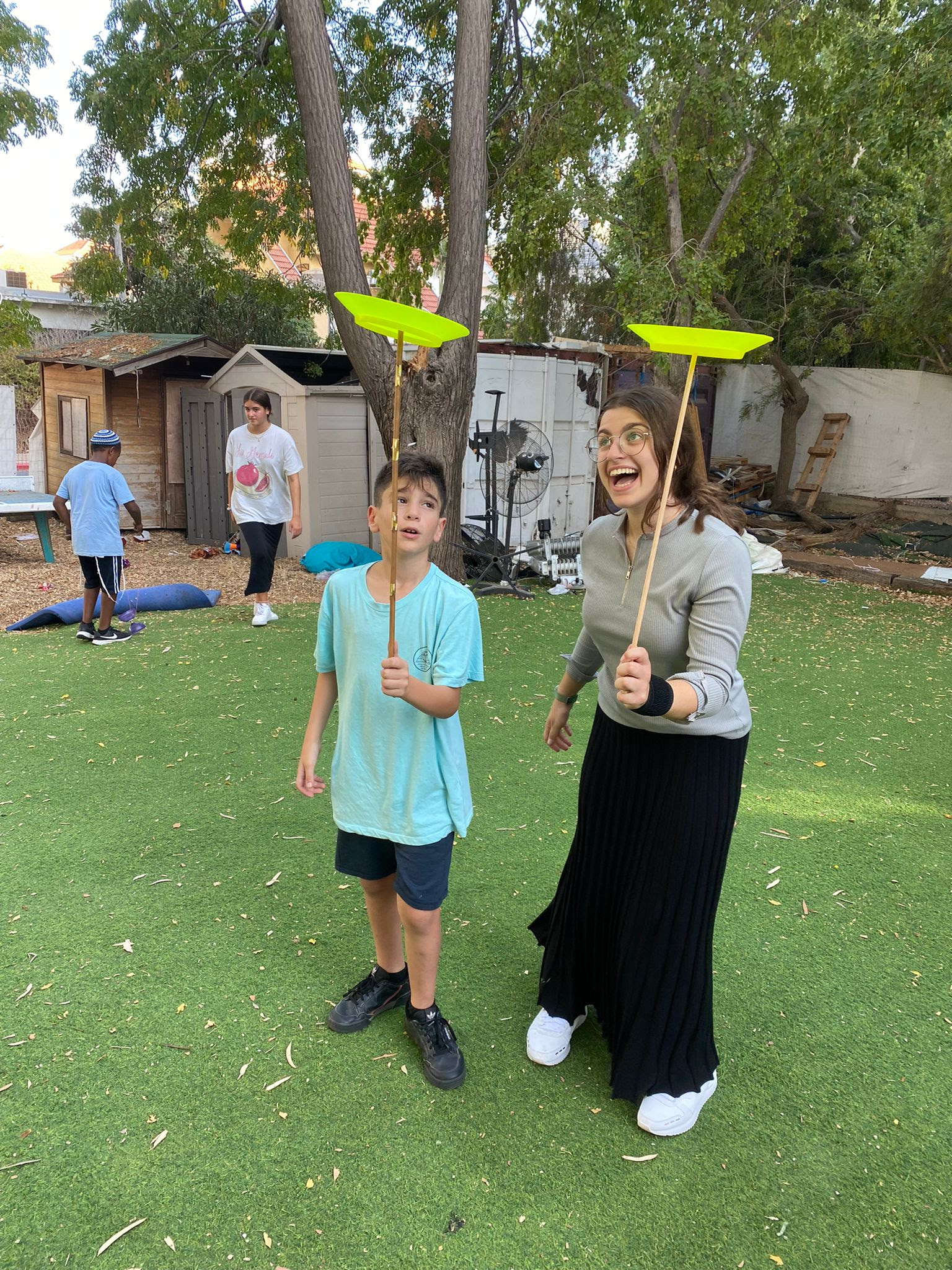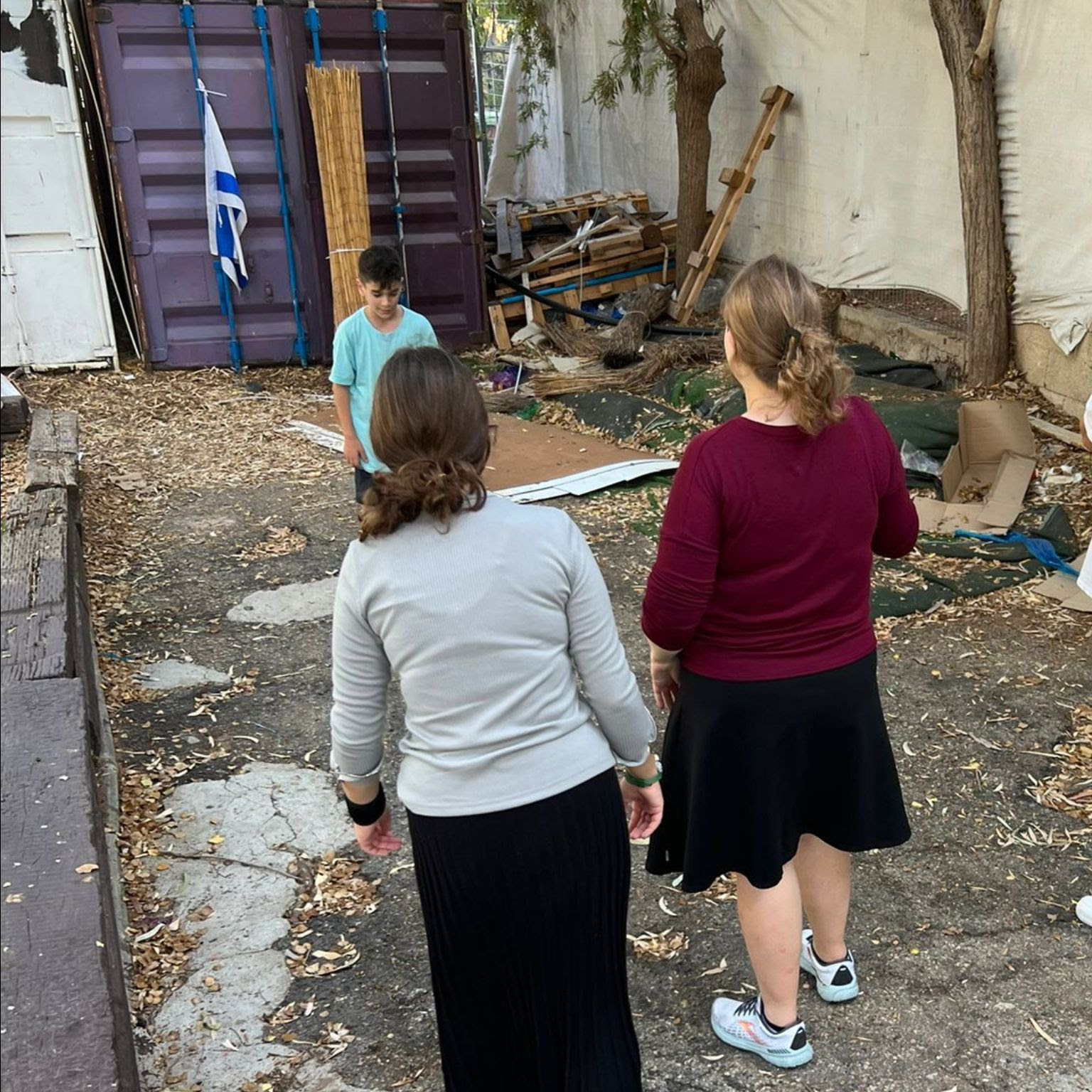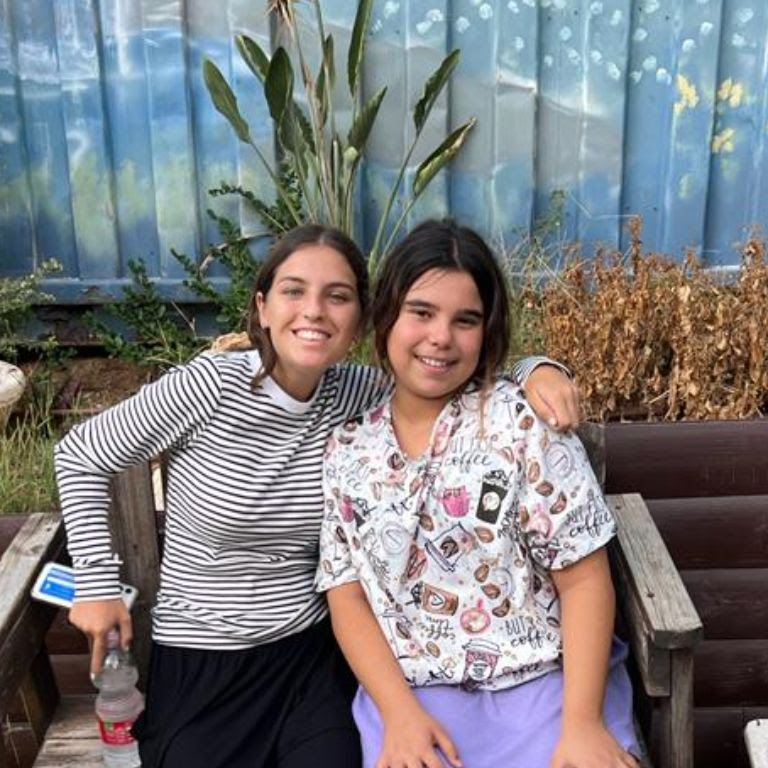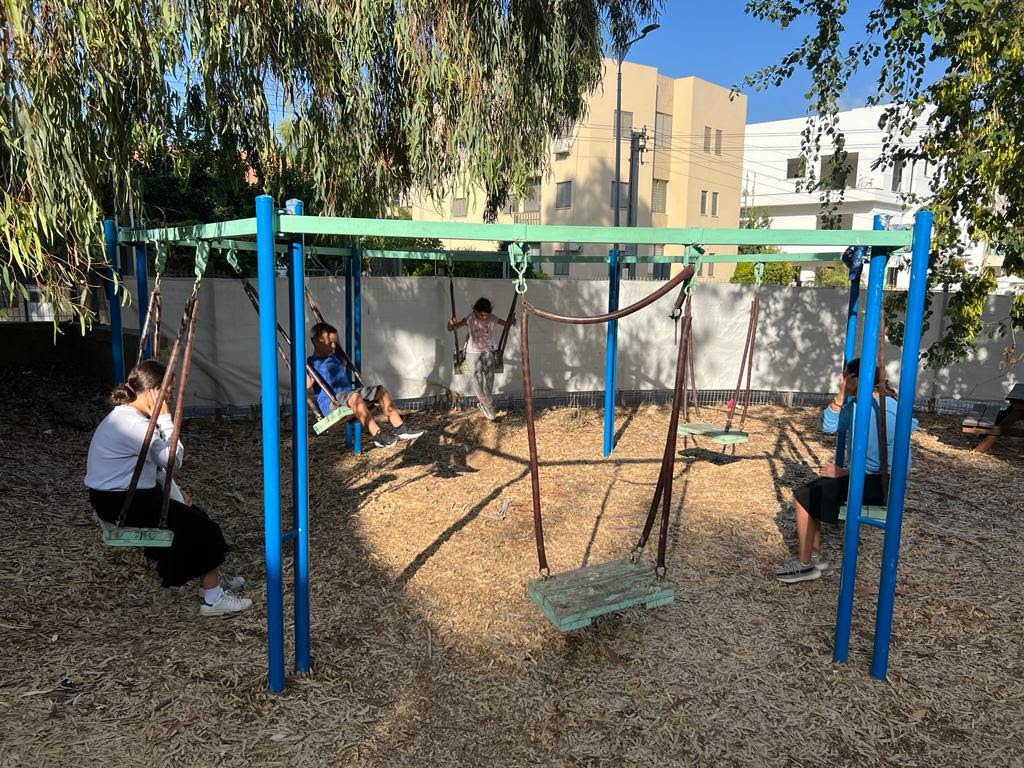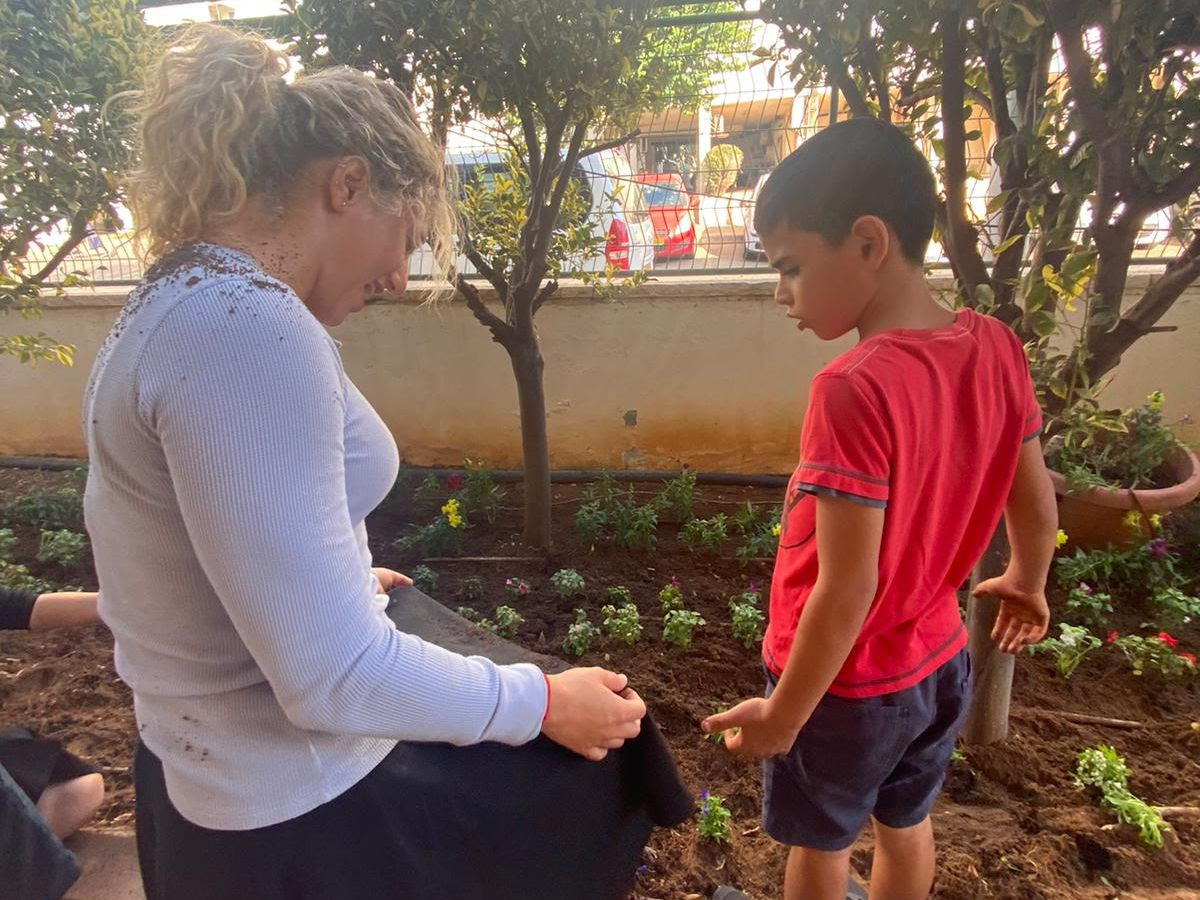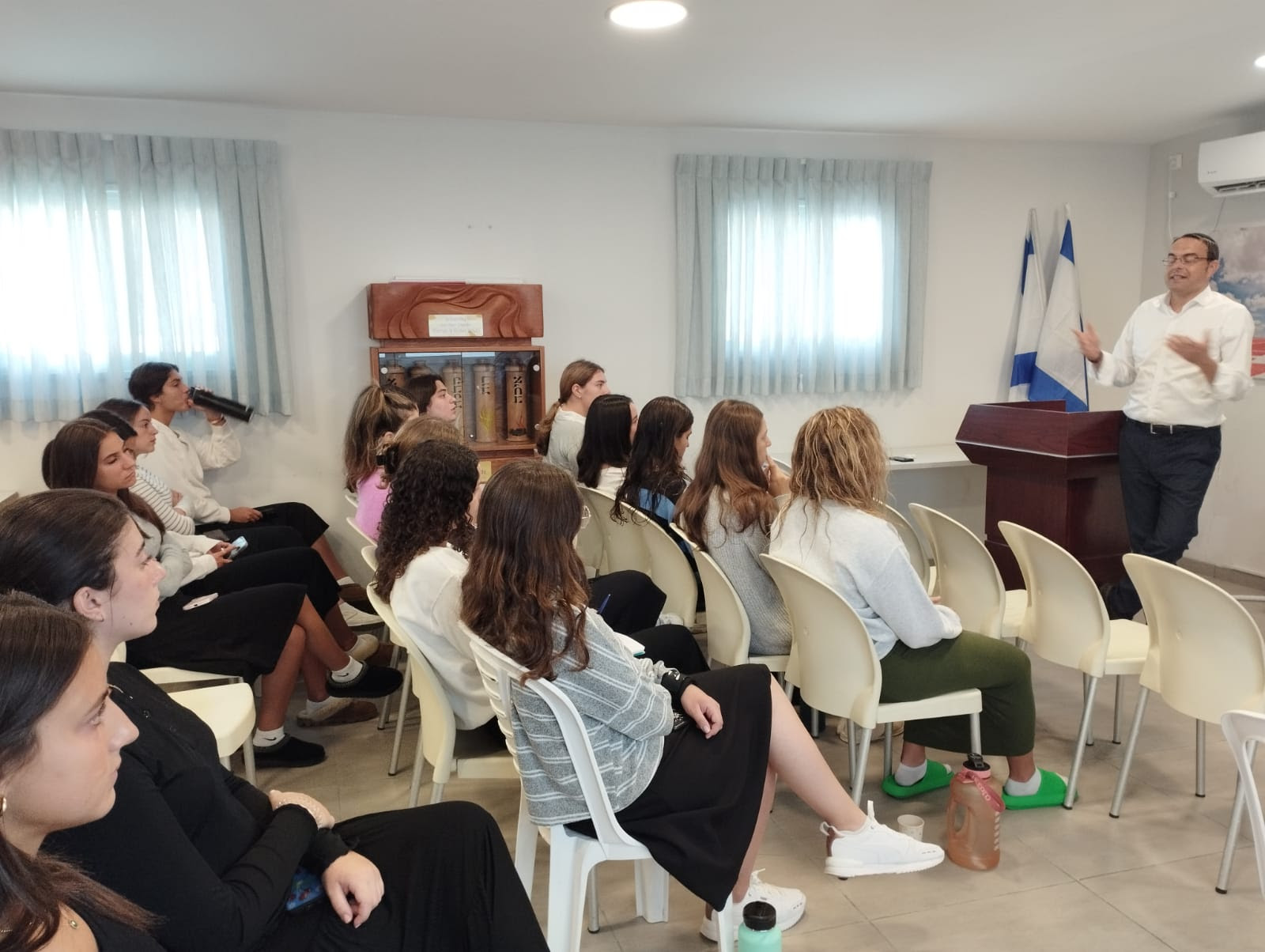
06 Oct MTC Highlights: Parshat Haazinu
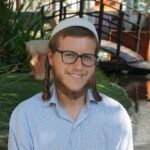
Rav Yonaton Hirschhorn - Mashgiach Ruchani
Parshat Haazinu
We are in between two major holidays. We are coming off a 40 day period of growth, repentance, and Teshuva. And heading towards a holiday fully focused of togetherness, having quality time with HaShem in the Sukkah.
Rebbe Nachman teaches that the main part of Teshuva is to nullify yourself by returning the “spotlight” to HaShem; by declaring that you are living for Him.
During the Aseret Yemei Teshuva we prayed, “Write our names in the Book of Life, for your sake.” But Rebbe Nachman understands these same words in a different way: “Write our names in the Book of those Living For Your Sake.” We’re asking that HaShem help us lead lives that are devoted to Him!
The question shouldn’t be whether something is good for me. The question should be whether something is good for Him!
In the month of Elul we are taught that Elul is hinted in the pasuk ״הוא עשנו ולא אנחנו״ (“He made us, not us”). Yet the Verse is written with the letter
לו אנחנו( ,“He made us, we are to him”) “לא” and “לו,” the קרי וכתיב׳ they way we read it and the way it is read in the passuk, are made up of the same letters as Elul (אלול)!
Teshuva means that my heart is focused on Him. In Hebrew, that’s לב-לו (my heart is his). This is the letters of Lulav (לולב)!
That’s why we take the Lulav and turn it towards the 6 dimensions of reality and send our hearts to Him. Lev-Lo (לב-לו) by way of the LuLav (לֹולב). We should all be blessed to achieve this! (Today is Rebbe Nachman’s Yahrtzeit!)
After learning that Lulav (לולב) is לב-לו (my heart is His); the Lulav sends our hearts upwards to HaShem. This is reflected in the statement of Chazal that explains that the reason tzaddikim are compared to palm trees is because they have one heart and it’s directed to our Father in Heaven.
On the other hand, in the halachot of Succah, there’s a concept called Lavud. This concept dictates that whenever two partitions are less than 3 tefachim apart (around 9 inches), they’re considered as if they’re connected.
The space between two separate parts is bridged by the sacrifices that each half makes. Like we see in another statement of Chazal, “When a man and woman are worthy, the Shechina dwells between them.” It’s “between them” in particular that the Shechina dwells! It’s the “between them”—the aspects in which they are different—that ultimately connects them.
This is Lavud. Lavud (לבוד) is לב–דו, two hearts (דו is two in aramaic). When there are two hearts that make room for each other and give to each other, that’s לֹּבוד. It’s only then that they’re connected! Like we see in Rebbe Nachman’s story of the treasure underneath the bridge!
We should all be blessed to bridge our differences and to connect. Lavud (לבוד) and not לבד (alone)
Student Reflection
Ella Epstein - New York, NY - Frisch, NY
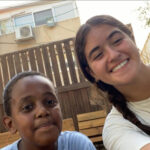
Wow, I can’t believe we have been at MTC for almost a month already! It’s crazy to think that in such a short time, I have made lifelong friends and already gained so much.
I feel so blessed to be in an environment where I can pursue my love of chessed.
Because of the incredible program we have here at MTC, I’m able to create such strong bonds with my kids and reinforce them every day. This past week I had the best time doing watersports at the beach and getting crushed at soccer by my kids. Spending quality time with them has already helped me grow into a better version of myself.
This week we spent time getting ready for Yom Kippur. Today we had a Yom Iyun where we learned the Halachot of the day and how to have the most meaningful Chag.
I’m so excited to continue growing my new relationships with our amazing faculty, friends and with the children of Bet Elazraki. I’m so grateful for all that MTC has already given me and am excited for all the incredible opportunities still coming this year


